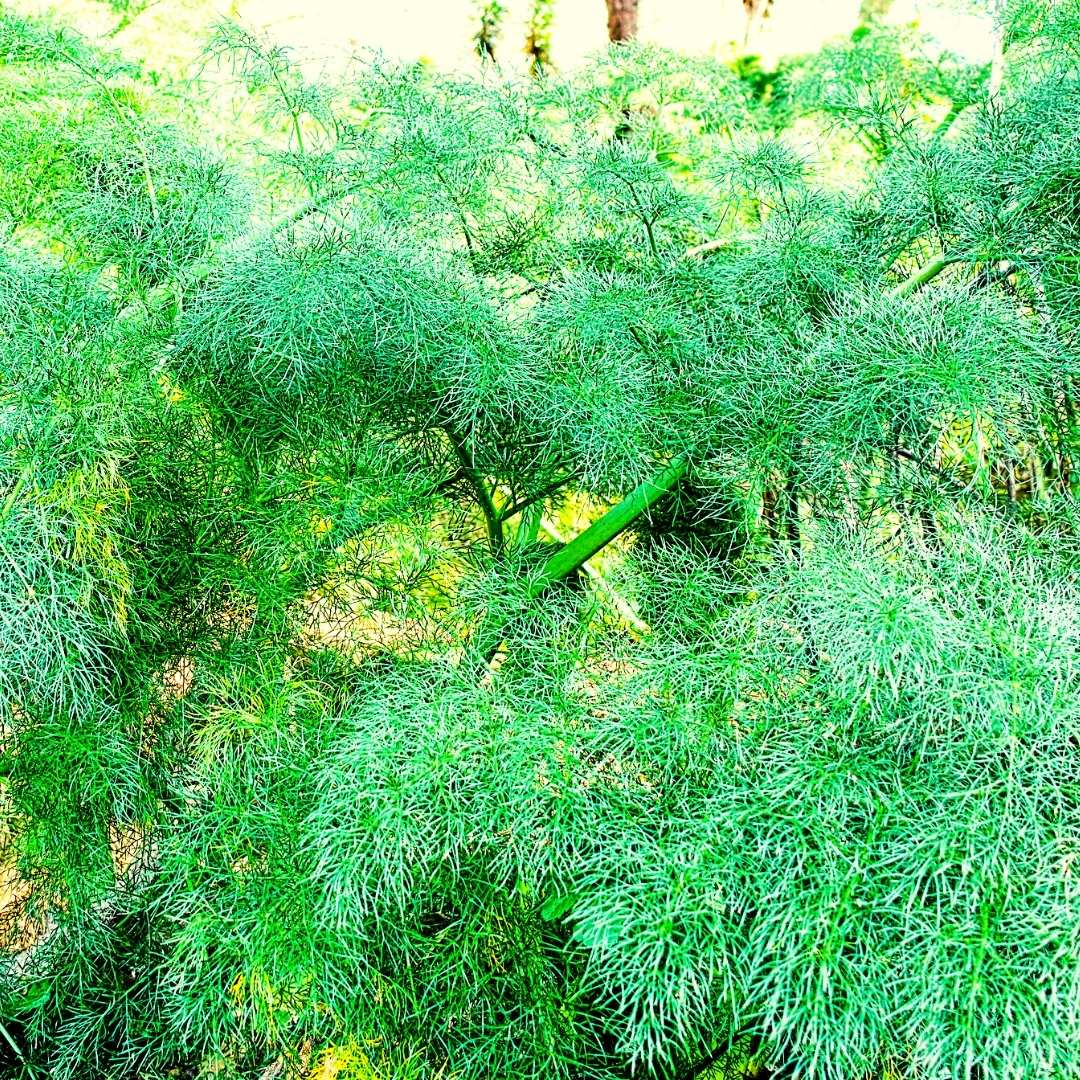Foraging Gozo. Sea Beet.
Sea Beet is found growing wild on Gozo and is a great alternative to chard.

You can’t fail to miss the abundance of sweet wild fennel across the Maltese islands. Its’ unique aniseed aroma hits your nose perfectly after rainfall. But read on for ample reasons why you should pick a bunch on your next walk in Gozo.


Botanical name: Foeniculum vulgare- Mill. Synonyms: Anethum dulce, Anethum foeniculum, Foeniculum divaricatum, Foeniculum officinale, Seseli foeniculum. Family name: Apiaceae or Umbelliferae Maltese name: Bużbież Common names: Fennel, Sweet fennel, Fenkel
Fennel is a perennial, umbelliferous plant. It has thick, white rootstalk and hollow, striated stems. Leaves are feathery, deeply cut, alternate and triply pinnate. It is erect, glaucous green, and grows to heights of up to 2.5 m, with hollow stems. The leaves grow up to 40 cm long; they are finely dissected, with the ultimate segments filiform (threadlike), about 0.5 mm wide. (Its leaves are similar to those of dill but thinner.) Flowers are yellow, produced in large terminal compound umbels 5–15 cm wide, each umbel section having 20–50 tiny yellow flowers on short pedicels. On Gozo the plant flowers from May to October. The fruit is a dry seed from 4–10 mm long, half as wide or less, and grooved.


As an essential oil, the seed is used in aromatherapy. Its keyword is ‘Normalising’.
The seeds, leaves and roots can be used, but the seeds are most active medicinally.

Fennel can be used as a gargle for sore throats and as an eyewash for sore eyes and conjunctivitis.
You can eat the leaves, raw or cooked, they are a delicious aniseed flavour. The young leaves are best since older ones soon become tough. The leaves are difficult to store dried, though this does not really matter since they can often be harvested all year round, especially if the plants are in a warm, sheltered position,
Precautions: Skin contact with the sap or essential oil is said to cause photosensitivity and/or dermatitis in some people. The essential oil should not be given to pregnant women. Avoid if cirrhosis/liver disorders. Diabetics check sugar content of preparation.
Click to catch up on the health benefits of Asphodel, Borage, Capers and Dock and if you are keen to own the book, click here to purchase the e-version of Weeds for Health on Gozo.

Author : Heléna Szöllősy. Editor: GITH
Helena is an expert on the medicinal properties of plants having trained in Herbal Medicine and Naturopathy, specialising in Phytotherapy including Homeopathy, Aromatherapy, Apitherapy and Bach Flower Therapy.
Sea Beet is found growing wild on Gozo and is a great alternative to chard.
Did you know Wild Asparagus Is really good for your skin? You can find it on Gozo all year round.
Wild Artichokes Are found growing wild on Gozo and super healthy for the liver.
Small White Clover, found growing wild on Gozo and known to be lucky makes a great pudding!